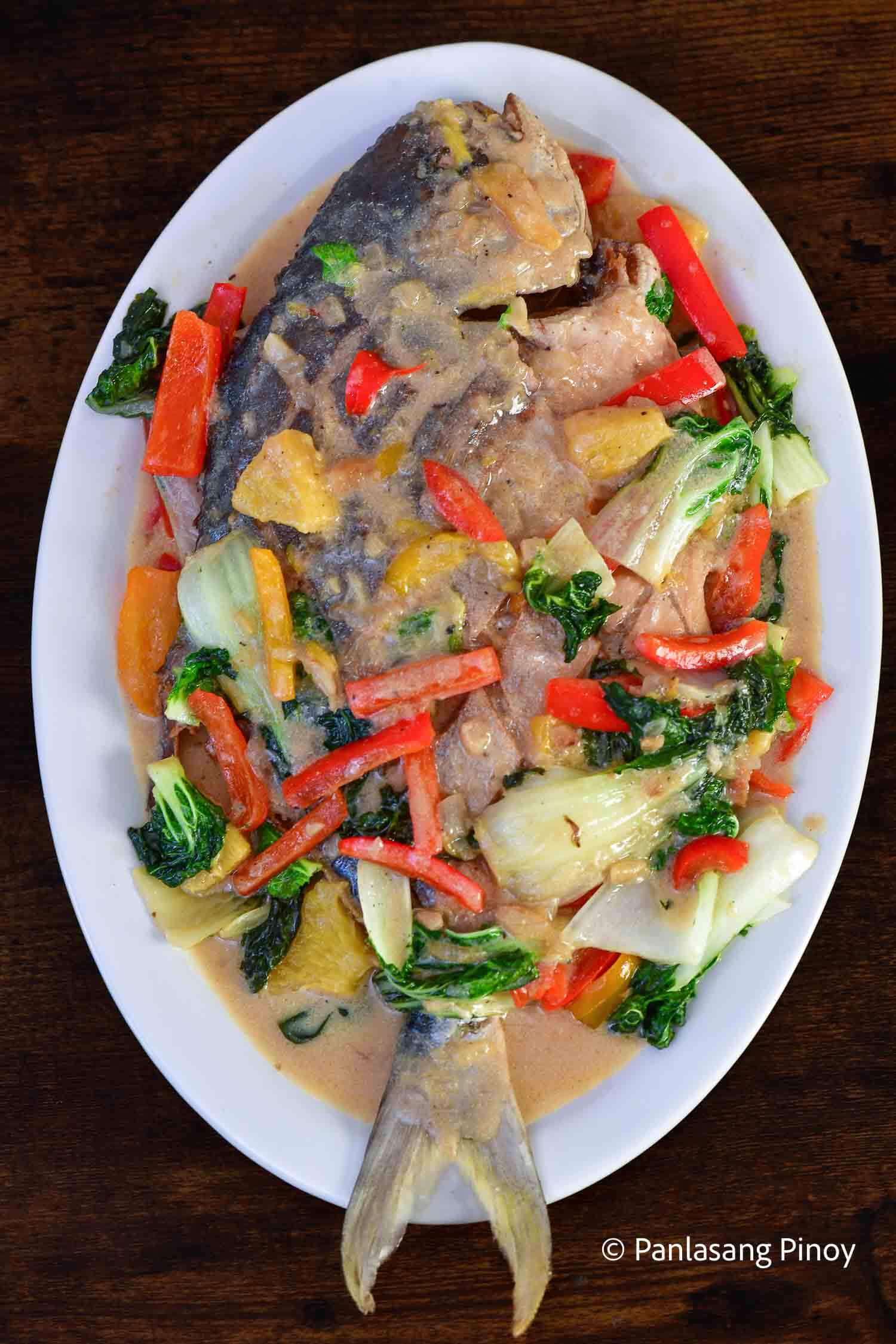Master Delicious Filipino Food Recipes with Friends.
Master Delicious Filipino Food Recipes with Friends.
Blog Article
Appreciate Traditional Filipino Flavors With Easy-To-Follow Recipes
Checking out typical Filipino food uses an unique chance to engage with an abundant tapestry of flavors and cultural stories. As we discover these cooking practices, one may question exactly how to finest bring the heat of Filipino hospitality to their own dining table.

Review of Filipino Food
Discovering the dynamic tapestry of Filipino food exposes an abundant cultural heritage influenced by numerous historical and geographical factors. The Philippines, an archipelago of over 7,000 islands, boasts a diverse variety of flavors and food preparation strategies. The country's culinary landscape is formed by native practices and the influences of colonization, profession, and movement. Therefore, Filipino food is a special mix of Malay, Spanish, Chinese, and American components.
Rice works as the foundation of Filipino dishes, usually come with by an assortment of veggies, meats, and seafood. Using vibrant flavors is a characteristic of the cuisine, with active ingredients such as garlic, onions, ginger, and soy sauce playing critical functions. The emphasis on communal dining reflects the Filipino culture of friendliness and household connections.
Road food additionally plays a significant duty in the cooking scene, showcasing regional components and imaginative cooking approaches. As the Philippines remains to accept globalization, the blend of typical and modern-day influences can be seen in modern Filipino meals, further enhancing its cooking identification. Filipino food recipes. In general, Filipino cuisine is a testament to the nation's background, culture, and dynamic spirit
Must-Try Conventional Dishes
Filipino cuisine is best experienced via its conventional dishes, each using an one-of-a-kind insight into the country's diverse cooking heritage. Amongst the must-try dishes is Adobo, a savory stew generally made with hen or pork, seasoned in vinegar, soy sauce, and garlic before being slow-cooked to excellence. Its rich and zesty taste profile stands for the heart of Filipino home cooking.
An additional famous meal is Sinigang, a sour soup frequently prepared with tamarind, tomatoes, and different veggies. This meal can feature pork, shrimp, or fish, and is valued for its rejuvenating taste and warming up top qualities.
Lechon, an entire baked pig, is a centerpiece at Filipino celebrations, recognized for its crispy skin and tender meat. It symbolizes the festive spirit of Filipino events.
For those food craving something pleasant, Halo-Halo is a fascinating treat integrating crushed ice, sweetened fruits, jellies, and topped with leche flan and purple yam.
Each of these traditional dishes envelops the essence of Filipino culture, welcoming anyone to savor the dynamic tastes and rich history that specify the island chain's cooking landscape.
Step-by-Step Recipes
Food preparation genuine Filipino dishes in your home can be an enhancing experience that brings the lively flavors of the Philippines right into your kitchen area. With a plethora of conventional recipes to select from, using step-by-step recipes enables both amateur and seasoned cooks to grasp the strategies and tastes integral to Filipino cuisine.
Begin by picking a meal that intrigues you, such as adobo, sinigang, or lumpia. Each recipe commonly consists of an in-depth ingredient list adhered to by clear guidelines, guiding you via the cooking procedure. Begin with prep work, which may involve marinating healthy proteins, slicing veggies, or determining seasonings. This fundamental step guarantees a smooth food preparation experience.
As you advance, pay very close attention to food preparation methods one-of-a-kind to Filipino food, such as sautéing (ginisa) or stewing (nilaga) These methods can substantially boost the depth of flavor in your recipes. Timing is vital; adhere to the suggested cooking times to achieve the ideal appearance and preference.
Vital Active Ingredients and Tips
Frequently, the secret to understanding Filipino food depends on understanding and utilizing crucial active ingredients that define its distinct tastes. Central to several recipes are staples like soy sauce, vinegar, garlic, and ginger, which add to the one-of-a-kind equilibrium of tasty, sour, and pleasant notes. Soy sauce functions as a base for sauces and sauces, while vinegar, particularly walking stick vinegar or coconut vinegar, imparts a tasty brightness that is essential in dishes like adobo.
Rice is a crucial element of site link Filipino meals, frequently offered along with primary programs to absorb savory sauces. For a touch of credibility, select jasmine or long-grain rice. Additionally, using fresh produce such as tomatoes, environment-friendly beans, and eggplants improves the recipe's vibrancy and dietary value.
Do not neglect the significance of natural herbs and seasonings, such as bay leaves, lemongrass, and chili peppers, which boost the taste profile. When food preparation, remember that persistence is crucial-- enabling components to fuse with each other results in richer flavors. Finally, embrace the practice of sampling as you go; this will allow you to adjust flavorings and attain the perfect balance that defines Filipino food.
Serving and Taking Pleasure In Filipino Dishes
Recognizing the subtleties of Filipino cuisine extends past preparation and ingredients; it incorporates the method meals are served and enjoyed. The Filipino dining experience is identified by public sharing, advertising a company website feeling of togetherness and celebration. Usually, dishes exist in big portions, enabling restaurants to engage in a range of tastes.
Rice, a staple in Filipino meals, is often worked as the structure upon which the various other dishes remainder. Coming with viands, such as adobo, sinigang, or lechon, are put in the facility of the table, inviting visitors to offer themselves. Filipino food recipes. This technique not just fosters a loosened up ambience but likewise encourages conversations and connections amongst diners
:max_bytes(150000):strip_icc()/20210712-pinakbet-vicky-wasik-seriouseats-11-70c57a1f76174d8082b0b132bdfc7640.jpg)
Final Thought
In verdict, typical Filipino food uses an abundant tapestry pop over to this web-site of flavors and cultural importance, inviting expedition through its varied dishes. Involving with this vibrant cuisine not only improves the eating experience yet also protects and commemorates the heritage of the Filipino people.
Report this page